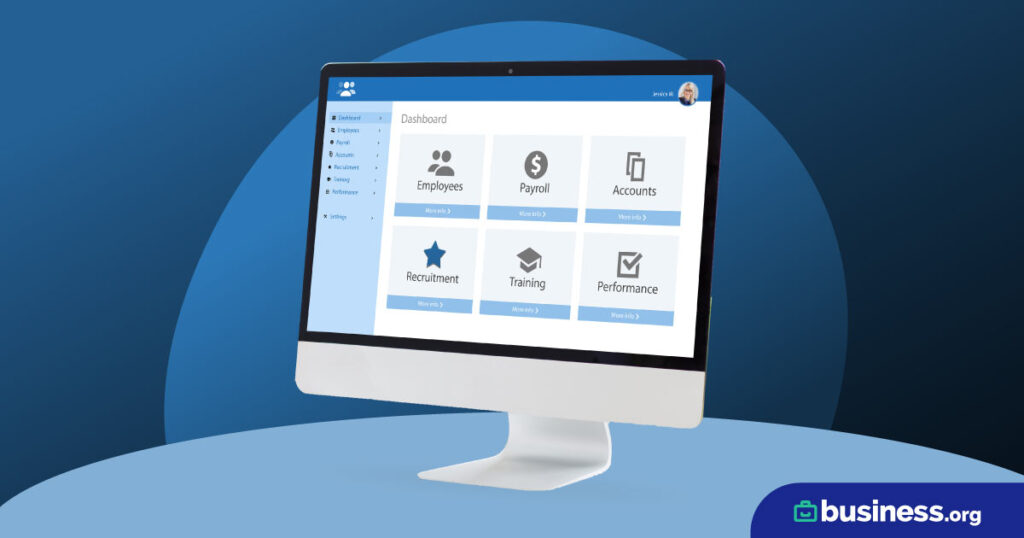We are committed to sharing unbiased reviews. Some of the links on our site are from our partners who compensate us. Read our editorial guidelines and advertising disclosure.
How Amazon Brand Registry Helps Unleash Your Brand’s Power
If you're already selling on Amazon, you've taken the right step toward expanding your e-commerce brand. Listing your product on Amazon, one of the largest global online marketplaces, allows you to gain the visibility of millions of potential customers.
This visibility, however, can sometimes come at a cost - as in counterfeiting. That’s where Amazon Brand Registry comes in.
You’ll need to meet certain criteria to get your brand registered on Amazon, but once you do, the perks are substantial. To help you decide if going through the process is worthwhile, we’ll delve into what Amazon Brand Registry is, how to get it, and the benefits it offers.
By signing up I agree to the Terms of Use and Privacy Policy.
What is Amazon Brand Registry?
Amazon Brand Registry allows Amazon sellers to protect their brand and grow on the platform. Protection from what, though, you may ask? Well, with successful branding comes the possibility of counterfeit crimes.
One of the benefits of becoming a brand owner includes gaining access to the Amazon Counterfeit Crimes Unit (CCU). This unit works with brands, law enforcement, and customers to bring justice while recognizing you as the primary brand owner. You can report any problems regarding intellectual property infringement, technical issues, and policy violations to the unit. You can even escalate cases you feel need further legal consideration. In other words, you can worry less about your brand ideas getting stolen without consequence.
Amazon Brand Registry also makes you eligible for 13 exclusive programs to help maximize your brand’s growth (more on that later)—and it’s free to enroll! The eligibility requirements, however, aren’t exactly free.
Amazon Brand Registry requirements
So what are these requirements? First, you’ll need an active Amazon Seller account—whether on Seller Central or Vendor Central. And then there are three other main requirements you’ll have to meet.
1. Professional product photography
When you're just starting out and on a tight budget, doing most of the photography yourself is understandable. But for Amazon, you’ll need to provide product photos that look professional. They need to be clean-cut photos with a white background or in-context lifestyle photos. You either have the option to invest in equipment and become self-taught or hire a professional for a few hours. This can be a hard decision, but comparing the time and costs for both options may help.
2. A pending or active registered trademark
You’re also going to need to establish your intellectual property. Amazon’s IP Accelerator program speeds up the trademark approval process to about two weeks and takes the stress out of intellectual property rights. The program provides you with vetted and affordable IP firms. If you take advantage of this program, be sure to follow the trademark requirements.
The basic Amazon trademark requirements include these conditions.
- The trademark must be a text-based or an image-based mark that contains text. It cannot just be a graphic image.
- The trademark text has to be the brand name on the application. If it’s an image with text, the exact copy must be uploaded.
- The trademark must be present on your products or packaging.
Country-specific requirements will also need to be taken into account, and some countries, unfortunately, aren’t accepted at the moment. As a result, the costs will vary, but the United States Patent and Trademark Office shows a trademark cost starts between $250-$350.
3. A company logo
Of course, you'll need a logo to apply for a trademark. If you don't already have one, plenty of designers on Fiverr, Instagram, Upwork and more out there offer services. Some website builders even come with logo makers. Or if you’re the DIY-type, do your research and make sure your logo doesn’t too closely resemble any other companies. Then have at it with your pen, paper, scanner, and favored design program.
Remember to keep track of all your paperwork and design files for the enrollment process, particularly your trademark registration number.
If you’re enrolling as a first-time seller, you’ll also have to select what categories your products fall under. Categories may have additional requirements. For instance, food-based products may have specific shipping and labeling requirements. So be sure to do your research for your category. If you decide to deliver your products through Fulfillment by Amazon (FBA), there will also be additional costs.
But with all these requirements, are the benefits worth it? In short, yes, but let's take a look at all those exclusive programs.
Amazon Brand Registry benefits
We’ve explained how Amazon Brand Registry gives the utmost protection to your brand, but we haven’t touched on the growth opportunities. Well, to start, Amazon Brand Registry offers nine brand-building programs that help connect you to customers by improving your discoverability and conversion rates. (Note: You may need to log into your seller account to learn more.)
Amazon marketing programs
Here are four programs Amazon Brand Registry provides that can help you analyze your current marketing strategy so you can make decisions about your business.
Analytical programs

With plans starting at $15 a month, FreshBooks is well-suited for freelancers, solopreneurs, and small-business owners alike.
- Track time and expenses
- Create custom invoices
- Accept online payments
The takeaway
With the protection and growth opportunities that Amazon Brand Registry provides, it’s hard to deny the value of this program-especially if you’re an Amazon Seller and already have the requirements met. But even if you don’t meet the requirements yet, the mass exposure it will give your business may make it a worthwhile investment.
Related content







